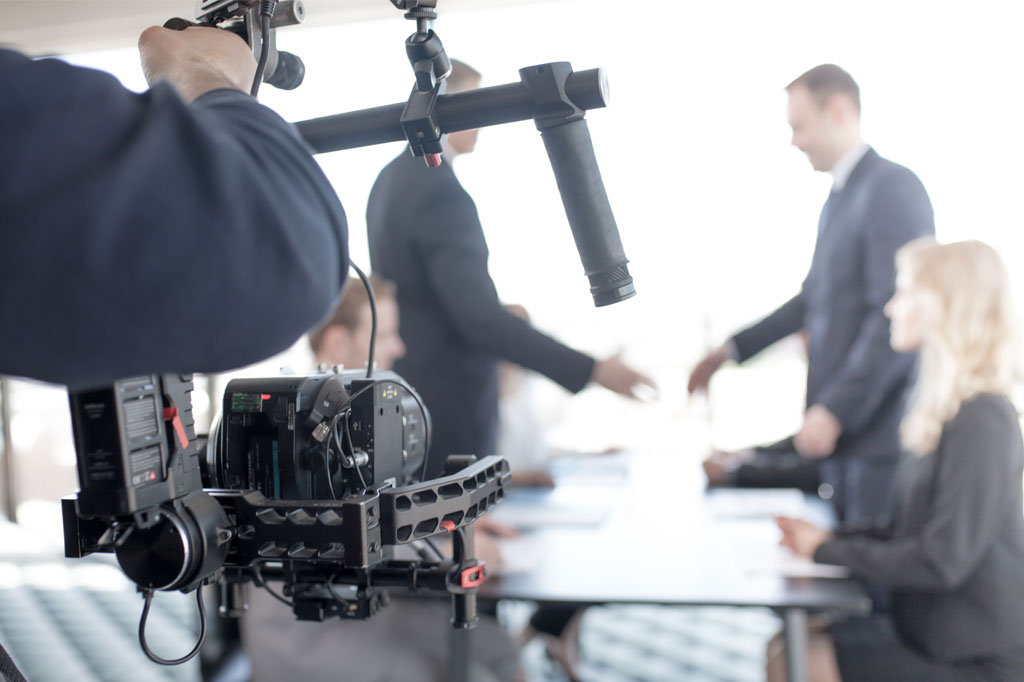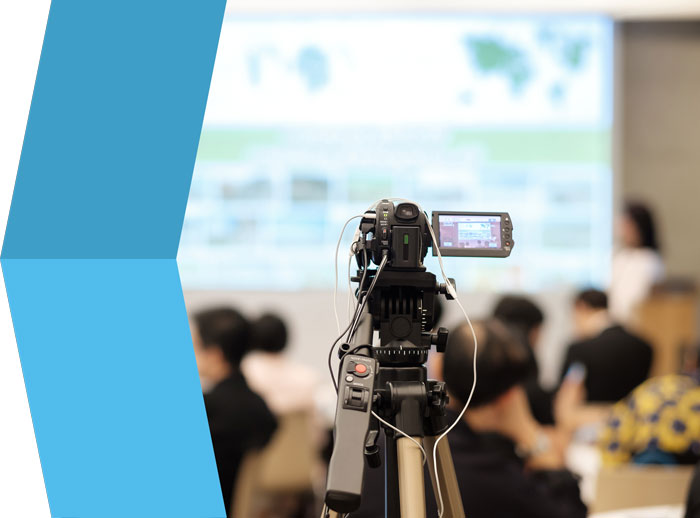Diving Into the Devices of Lawful Videography: Unveiling Its Operation in Safeguarding Authentic Aesthetic Testimony for Judicial Process
In the world of judicial procedures, the role of lawful videography stands as a cornerstone in preserving and offering aesthetic evidence. As technology continues to advance, the devices behind lawful videography have become progressively complex, providing a crucial layer of authenticity to testimonies recorded on video.
Historical Development of Legal Videography
Examining the historical development of legal videography discloses a significant makeover in the catching and presentation of aesthetic evidence within the legal landscape. In the past, legal procedures heavily relied upon created records and photographs to record events and supply evidence. With the introduction of video clip innovation, the legal sector observed a standard shift in just how visual testimony was caught and provided.
The evolution of lawful videography can be traced back to the late 20th century when innovations in video recording equipment made it much more accessible for usage in courtrooms. This technical improvement not just boosted the precision and dependability of visual evidence however likewise revolutionized the means cases were provided to juries and courts (Legal Videography). Attorneys started to identify the influential power of video recordings in sharing feelings, subtleties, and non-verbal signs that created records or photos alone can not catch effectively

Innovation Developments in Video Clip Documents
What vital technical developments have revolutionized video clip paperwork in the legal area? The legal field has seen substantial improvements in video paperwork technology that have actually boosted the authenticity and reliability of visual proof in judicial proceedings. One of the key improvements is high-definition (HD) video clip recording capabilities, which supply crystal-clear photos and sharp information that are essential for properly catching testimonies, faces, and other aesthetic signs. Additionally, the integration of timestamping and metadata features in video documentation tools has enabled accurate paperwork of when and where the video was taped, guaranteeing the honesty of the proof offered in court.
Furthermore, developments in video file encryption and watermarking innovations have actually strengthened the safety and tamper-proof nature of video clip evidence, safeguarding it versus unauthorized alterations or tampering. Additionally, the arrival of cloud storage space options and remote access abilities has structured the storage, retrieval, and sharing of video clip evidence, promoting smooth cooperation among attorneys and guaranteeing efficient accessibility to crucial aesthetic statements when needed. These technological innovations in video paperwork have actually unquestionably reinvented the legal area, enhancing the precision, credibility, and admissibility of visual proof in judicial process.
Role of Legal Videographers in Court Room Settings
The development of video documents innovation in the legal area has actually demanded an essential duty for legal videographers in courtroom settings, making sure the stability and dependability of visual testaments offered throughout judicial process. Legal videographers play an essential duty in capturing and maintaining precise aesthetic proof that can be critical in lawsuit. Their responsibility includes establishing equipment, tape-recording process, and generating high-quality video clips that properly mirror the events in go to website the court room.
In court setups, legal videographers should abide by rigorous guidelines and requirements to keep the authenticity of the aesthetic record. They need to possess a keen eye for detail and a detailed understanding of legal procedures to guarantee that the video footage they capture is a real representation of the occasions that transpired. In addition, lawful videographers often work carefully with legal groups to make sure that the video proof straightens with the case's demands and can be efficiently provided in court to support the lawful debates being made. Generally, the duty of lawful videographers in court room settings is crucial in upholding the concepts of justice and making sure the transparency of legal proceedings.

Ensuring Admissibility and Honesty of Video Clip Evidence
To keep the integrity of aesthetic proof presented in legal proceedings, making certain the admissibility and honesty find more information of video clip proof is a critical obligation for legal videographers. Admissibility describes the approval of proof by the court, and for video clip evidence to be permissible, it must satisfy particular standards. Lawful videographers play an essential function in ensuring that the video clips they record follow the rules of proof, such as integrity, significance, and authenticity.
Honesty of video proof involves keeping the originality and precision of the footage from the moment it is tape-recorded till it exists in court. This consists of securely saving the video clip files, documenting the chain of protection, and stopping any kind of tampering or alterations. Lawful videographers must abide by stringent methods to guarantee the stability of the video evidence and protect against any kind of challenges to its authenticity.
Future Trends in Legal Videography
Offered the increasing reliance on innovation in legal procedures, lawful videographers are poised to embrace innovative advancements forming the future of visual testimony capture and discussion. Among the popular patterns imminent is the assimilation of online reality (VR) and boosted reality (AR) innovations right into lawful videography. These modern technologies have the potential to reinvent exactly how visual evidence is provided in court rooms, allowing discretionary to submerse themselves in the scene of the crime or occurrence.
Furthermore, using synthetic intelligence (AI) algorithms for video clip analysis is anticipated to streamline the process of assessing and assessing large quantities of video clip footage. AI can aid in recognizing essential moments, abnormalities, and patterns within videos, boosting the effectiveness of lawful investigations.

Conclusion
In conclusion, lawful videography has played a vital duty in giving authentic visual evidence for judicial process. Through technological developments and the competence of lawful videographers, the honesty and admissibility of video proof are guaranteed in courtroom settings. As legal videography remains to progress, it will be vital to copyright requirements that maintain the accuracy and integrity of aesthetic statement for the future of lawful procedures.
Analyzing the historical development of legal videography reveals a substantial makeover in the capturing and presentation of aesthetic evidence within the legal landscape.The development of video clip documentation technology in the legal area has demanded an essential role for lawful videographers in court setups, guaranteeing the stability and integrity of aesthetic statements presented throughout judicial procedures. Additionally, lawful videographers commonly work carefully with lawful teams to ensure that the video clip evidence straightens with the instance's demands and can be successfully presented in court to sustain the lawful arguments being made.To keep the reputation of aesthetic proof provided in lawful proceedings, making sure the admissibility and stability of video clip proof is a This Site vital duty for legal videographers. As legal videography proceeds to develop, it will be essential to promote criteria that maintain the precision and dependability of aesthetic testament for the future of lawful procedures.
Comments on “Why Legal Videography is Important for Accurate Legal Documentation”